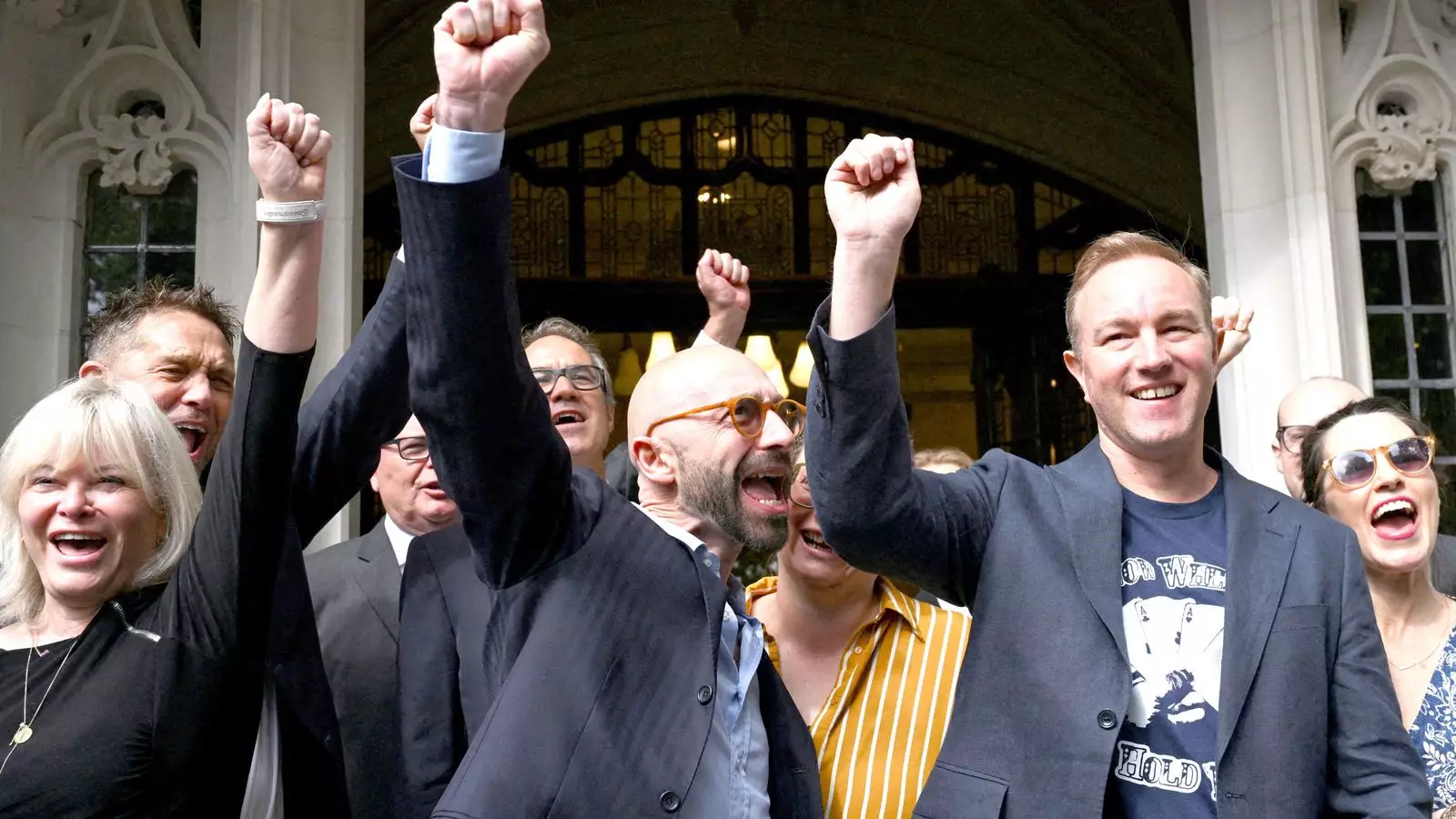The recent overturning of convictions for traders implicated in Libor and Euribor rate manipulations exposes a troubling gap between judicial perception and reality. Tom Hayes and Carlo Palombo, once branded as villains by the media and the justice system, are now portrayed as victims of flawed legal interpretations. This shift prompts us to question whether the crusade against financial misconduct was truly rooted in justice or driven by a desire to placate public outrage and protect institutions from scrutiny. It is revealing that their original sentences were among the harshest for white-collar crime in UK history, yet the Supreme Court now casts doubt on the legitimacy of their convictions. This reassessment suggests a deeper problem: that the pursuit of accountability may have been misguided, or worse, manipulated to serve a narrative of corporate villainy rather than genuine justice.
The Politics of Punishment and Scapegoating
The narrative that painted Hayes and Palombo as scapegoats for the 2008 financial crisis is compelling and, in many ways, convenient. They became symbols of greed and corruption, which conveniently diverted attention from systemic failures and regulatory lapses. The fact that Hayes claimed his conduct was accepted at the time underscores how financial markets often operate in grey zones, with ethics subsumed by competition and profit motives. The case also underscores the perilous nature of prosecuting complex financial crimes—where legal definitions and courtroom procedures can determine guilt or innocence more than actual misconduct. The overturning of their convictions signals that their original trials might have been influenced by a narrow interpretation of the law, possibly fueled by political pressures to show action against Wall Street and City traders. Justice, in this context, seemed to be collateral damage in a broader game of political optics.
The Flaws in Legal and Regulatory Frameworks
What becomes painfully evident in this scandal is the inadequacy of the legal frameworks governing financial misconduct. The initial convictions hinged on technical interpretations—specifically, whether traders could be held criminally liable for rate submissions that reflected commercial interests rather than strict pricing accuracy. The Supreme Court’s intervention highlights systemic ambiguities and the importance of precise jury directions. This case exposes an inherent flaw: that the laws governing financial manipulation are overly complex, open to misinterpretation, and possibly insufficiently aligned with the realities of trading practices. The notion that traders universally understood their actions as criminal, and that the law was clear enough to convict on such basis, now appears questionable. The implications for future prosecutions are profound: without clearer definitions and standards, the risk of wrongful convictions—and subsequent reversals—looms large.
The Role of Public Trust and the Need for Reform
The entire saga underscores a broader crisis—public trust in financial institutions, regulators, and the justice system itself. If convictions can be overturned on procedural grounds, then the message is that the system may have overreached or been poorly calibrated from the start. What’s more troubling is the potential impact on the thousands of workers in the financial industry who operate in a climate of uncertainty and fear. The case calls for a thorough reevaluation of how financial crimes are prosecuted, emphasizing transparency, clarity, and fairness. It also raises questions about whether there should be a public inquiry into the broader regulation and oversight of financial markets during the relevant period. Only through such meticulous scrutiny can we strive to restore trustworthy institutions that serve the public good rather than succumbing to political expediency or media sensationalism.
Challenging the Rhetoric of Redemption
Ultimately, this case forces us to reconsider the moral narrative that has been constructed around financial misconduct. The black-and-white portrayal of traders as inherently corrupt, and the swift hand of justice meted out to seemingly greedy actors, may have been overly simplistic and ideologically motivated. The Supreme Court’s decision to overturn convictions not only questions individual guilt but also exposes the superficiality of justice as a tool for societal catharsis. It invites us to reflect critically on how legal standards are applied in complex financial environments and whether the pursuit of such convictions truly serves fairness or merely reinforces a moral panic. This incident should serve as a cautionary tale that justice is not served by rushing to judgment but by ensuring that the legal and regulatory frameworks are sufficiently nuanced to distinguish between law-breaking and socially accepted trading practices.


Leave a Reply